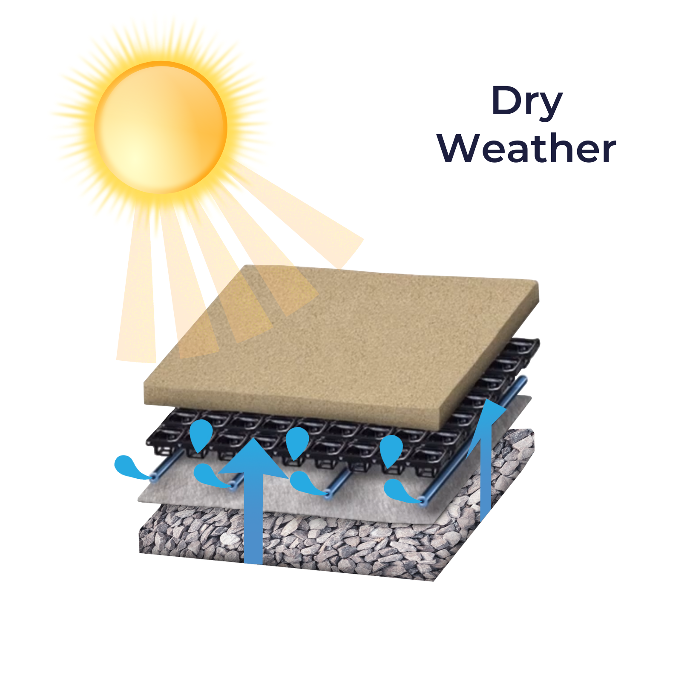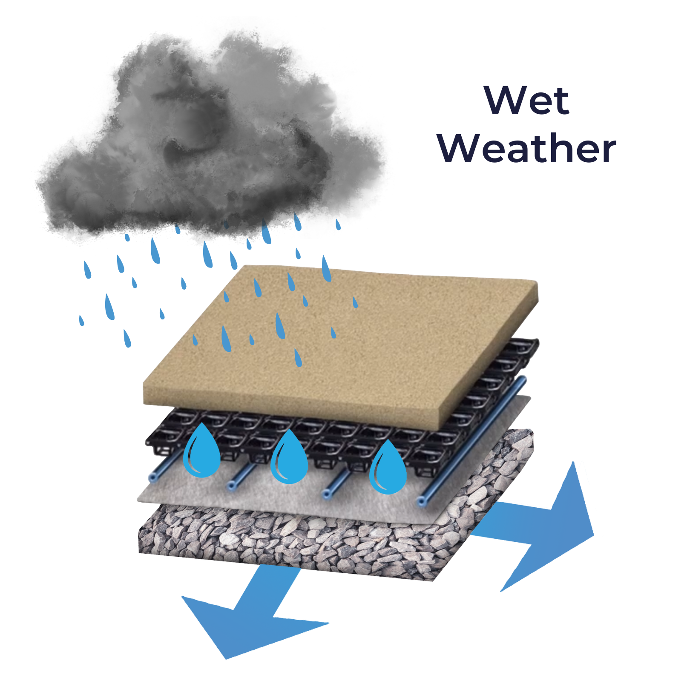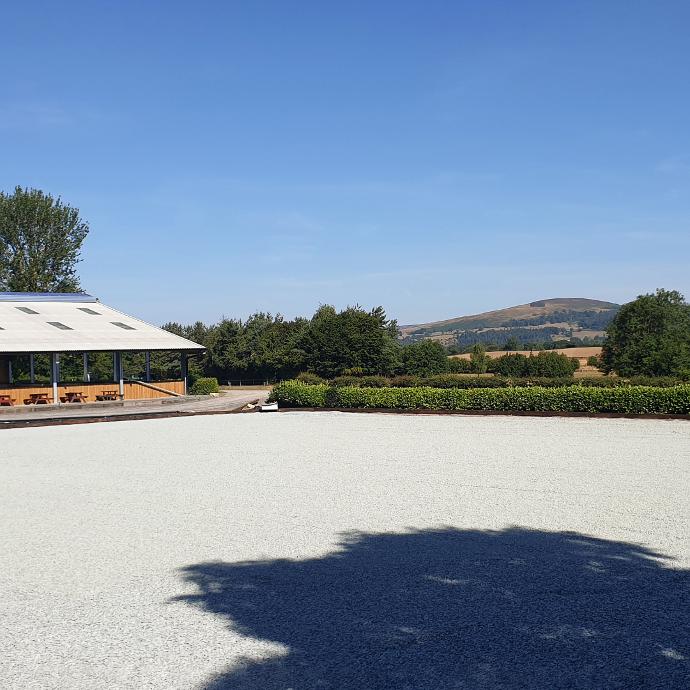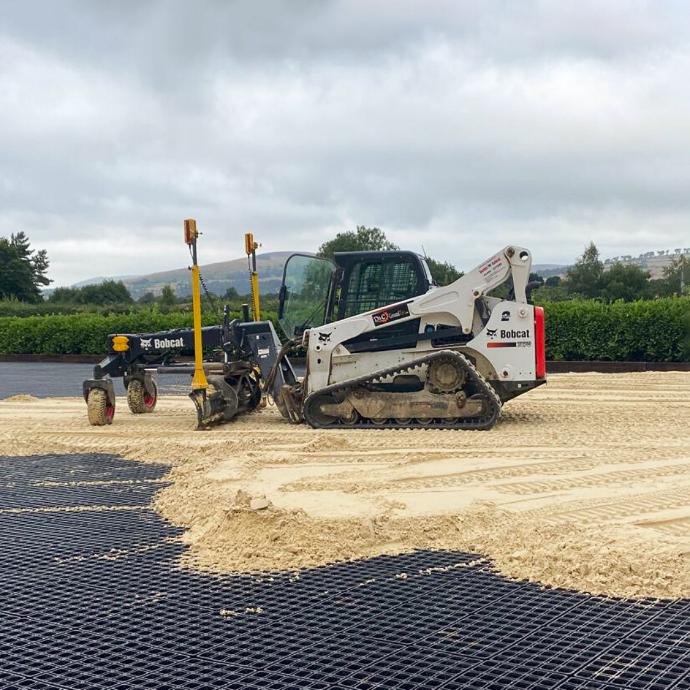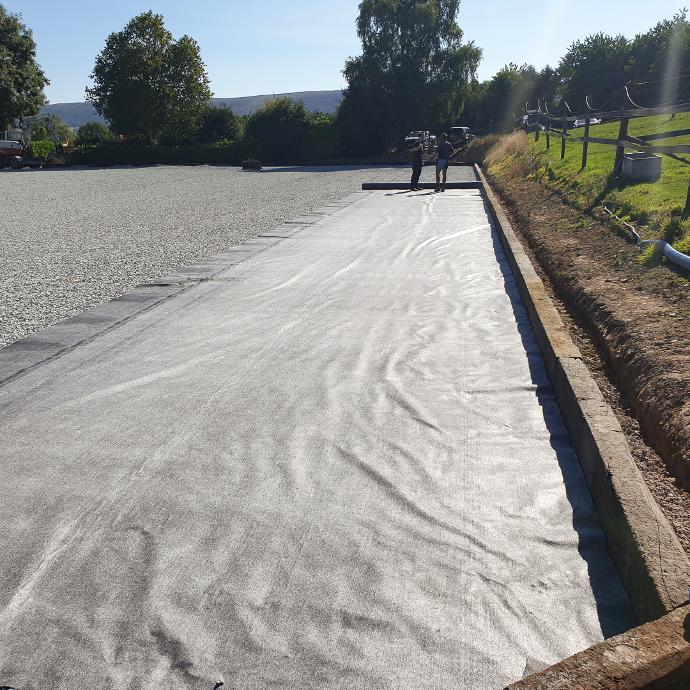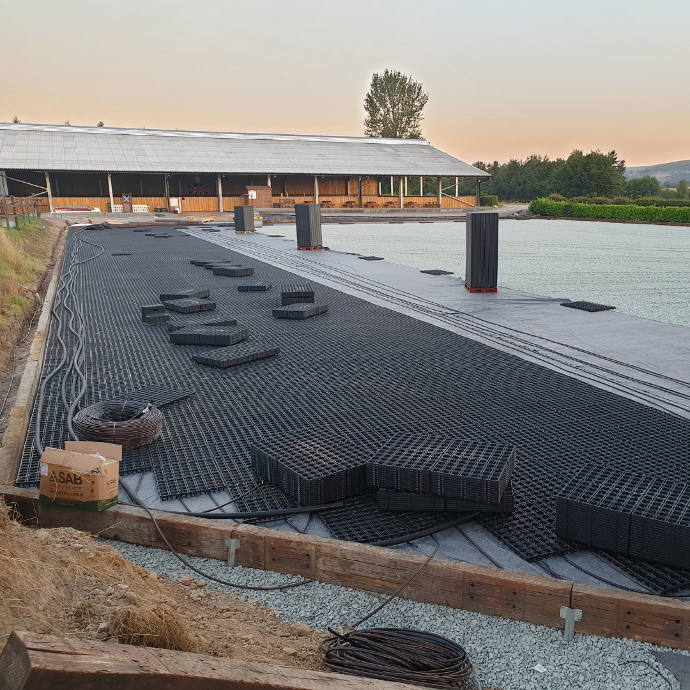Water Management of Your Arena Surface
The Importance of Arena Surface Irrigation
One of the greatest problems facing horse owners and equestrian centres is the management of a dust-free and consistent riding surface which is safe to ride on and promotes health and performance.
Implications of Poor Water Management
Just like other surface components, water is a vital component of an arena footing and needs to be added back in when the surface dries out.
Arena irrigation is so important for a variety of your surface’s properties:
Safety
A surface that is lacking moisture may be unstable and inconsistent. Not only does this make the surface less safe to ride on, as it increases the risk of accidents and injuries, but it can actually make a young or nervous horse feel unsure of himself, as we expect them to listen to our aids while also navigating an inconsistent and uncomfortable surface.
Dust Suppression
Not only does dust look dirty, but it can impede breathing for both horses and riders. A dust-free environment is much healthier for horses and riders and is especially important for those who already suffer from breathing problems. A well-watered arena helps to bind the dust particles to the surface, so it does not become airborne and affect breathing. This tends to be more of an issue with older or particularly fibrous surfaces
Hoof Support
When water is added to the arena surface, the material particles absorb the water, causing them to swell and bind to each other. This creates a cushioned effect and allows the surface to absorb some of the impact made by the horse’s hooves, which reduces the impact on both the arena base, as well as the horse’s joints and tendons.
Surface Materials
When the surface becomes too dry, the materials start to separate. Arena surfaces are a huge investment, so it is worth putting in the extra effort and resources to keep the materials properly mixed so the surface can work as it was designed to.
Riding on a dry surface can also reduce the longevity of the surface, as the hooves break down the materials more easily, so it becomes powdery and therefore more dusty to ride on.
How to Check Water Content
Apart from the obvious tell-tale signs of an under-watered or over-watered arena (such as dust or flooding) the simplest way to check the moisture content of your surface material is to take a handful of the surface and shape it into a ball. If the surface won’t bind together then it is likely to dry, especially if some dust is expelled. On the other hand, if the surface forms a muddy ball then it is too wet.
The surface should stick together so the ball holds its shape, but still be dry enough to crumble.
Management of Water Resources
Despite 70% of our planet being covered in water, only 3% of the world’s water is freshwater, and two-thirds of that is hidden away in frozen glaciers or otherwise unavailable for our use. It is thought that climate change will bring more uncertainty and may present issues in areas that have not yet experienced water scarcity.
Less predictable rainfall will lead to increased drought risk and possible water shortages in the UK, and The Environment Agency’s estimate is that summer rainfall is expected to decrease by approximately 15% by the 2050s in England.
This highlights the requirement for arena irrigation methods that do not waste or demand high volumes of water, so we can create safe areas to ride our horses on while minimising water usage and impact on the environment.
Methods of Arena Irrigation
The aim of arena irrigation is to create even moisture throughout the surface, to maximise safety and performance. This means keeping the water content of your surface constant from top to bottom and side to side.
Note that the best method of arena irrigation will also depend on your surface type. For example, finer surfaces require a gentler application of water.
We have outlined some of the most common arena irrigation systems:
Overland Arena Irrigation System
Arenas can be watered using above-ground sprinklers with high-pressure nozzles. The main advantage of this method is that the cost of an instalment is generally low, even with permanent sprinkler systems.
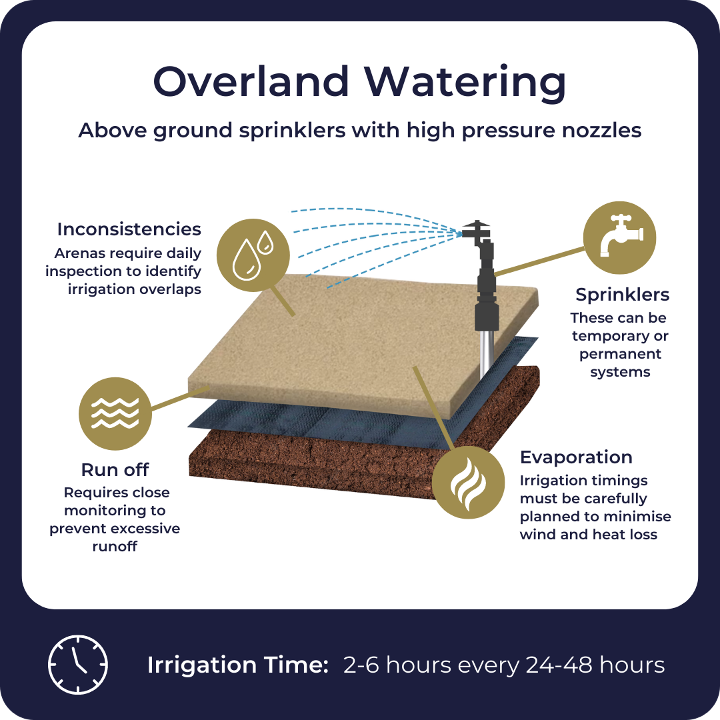
However, this method can lead to inconsistent watering, as there will be areas that received higher water coverage than others. Without proper surface monitoring, this can be dangerous as horses and riders are not expecting an inconsistent surface, so injuries (including slips and falls) are unfortunately more prevalent.
Another issue with this system is that a lot of water can evaporate from the surface (due to wind or heat) before the water has time to fully absorb into the surface. This means that when a horse is exercised on the surface, there will be movement of the surface that causes dry material and dust to be exposed.
It can also be a problem for many yards due to the longer irrigation time this method demands, and unlike the underground methods of arena irrigation, horses must be removed from the arena for irrigation to take place. Also note that during periods of heavy rainfall when the surface is saturated with water, manual intervention is required to prevent unnecessary irrigation cycles because excess water will run off the surface and be wasted.
Nevertheless, an overland system may be an option for some yards (even with a water bowser and tractor) because it's a very low-cost investment.
Ebb & Flow Irrigation System
The Ebb & Flow method of irrigation involves flooding (not actual flooding - there are no puddles!) and then draining of water across the arena. Because it is an underground system, it does not require horses to leave the arena for irrigation to take place.
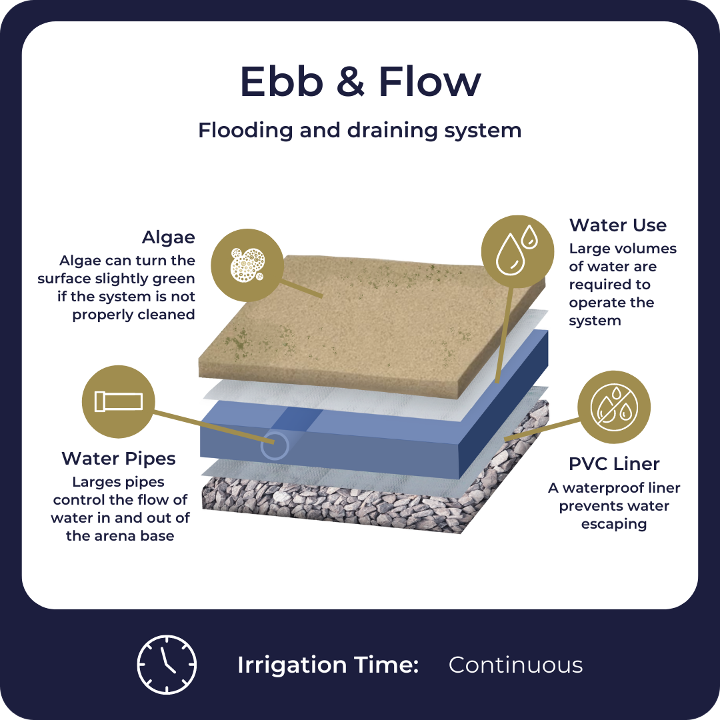
A waterproof lining creates a ‘tub’ for the water to irrigate the surface from below the surface. However, this system requires large amounts of water to operate, and there is a risk that algae buildup in the water can turn the surface green.
The ebb and flow system is computer-controlled and therefore very little manual intervention is required. However, this system tends to be expensive to install due to the technicalities of the product and ground works involved.
HIT Active-Aqua Irrigation System
HIT Active-Aqua is a highly efficient sub-surface arena irrigation system that ensures the footing is irrigated thoroughly and consistently. The computer system maintains the optimum moisture level without over-saturating the surface and wasting water.
In fact, this system can save up to 40% of water usage compared to overland systems such as sprinklers.
The dripline technology is patented and is unlike traditional dripline systems due to an integrated diaphragm valve system that opens and closes depending on water pressure.
During dry weather, water is transported to the system via the drip lines, and the arena surface is irrigated by the capillary action through the sand. This is the process where moisture travels upwards through narrow spaces in the surface (a bit like how a dry paper towel absorbs water due to the spaces between the fibres of the towel).
Excessive rainwater is drained through the permeable base like a normal arena.
The valves are also self-cleaning which prevents any sand particles from blocking the drip system. The entire system is controlled by a single computer, which saves time, and can be scheduled to irrigate according to your requirements and the individual properties of your surface.
The system can be used for both indoor and outdoor arenas and provides improved anti-slip properties due to the consistent moisture content and the protective grid system.
Jelka’s recent Active-Aqua Installation in Shropshire:
Building an arena? Get in touch
We specialise in creating equine infrastructure systems that optimise safety and performance for horses and owners. As official UK consultants of HIT Active Aqua, please contact us for further advice.
